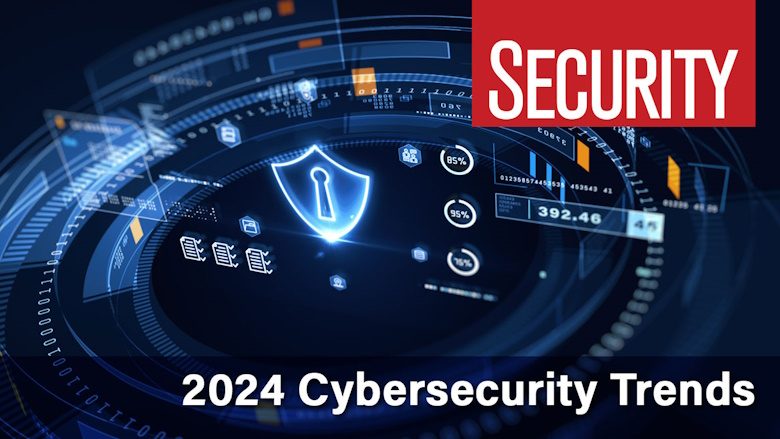- AI could erase half of entry-level white collar jobs in 5 years, CEO warns
- Is all this data about our health good for our health?
- Why I prefer this Lenovo tablet over the iPad for multimedia consumption - and it's $130 off
- This Android tablet brings a $1,700 iPad Pro feature to the $400 price range - and it's just as good
- You can still get a free 27-inch monitor when you buy the Samsung Odyssey G9 - here's how
Beginning the AI Conversation
Artificial Intelligence (AI) has catapulted further into the corporate conversation with the introduction of ChatGPT and other large language, generative AI models now in the mainstream and accessible to the general public. In February 2024, a Canadian court ordered Air Canada to pay damages to a customer after the company’s virtual AI assistant gave the customer incorrect information regarding bereavement pricing for tickets. A current criminal case in a Maryland court brought charges against a…
Read More










